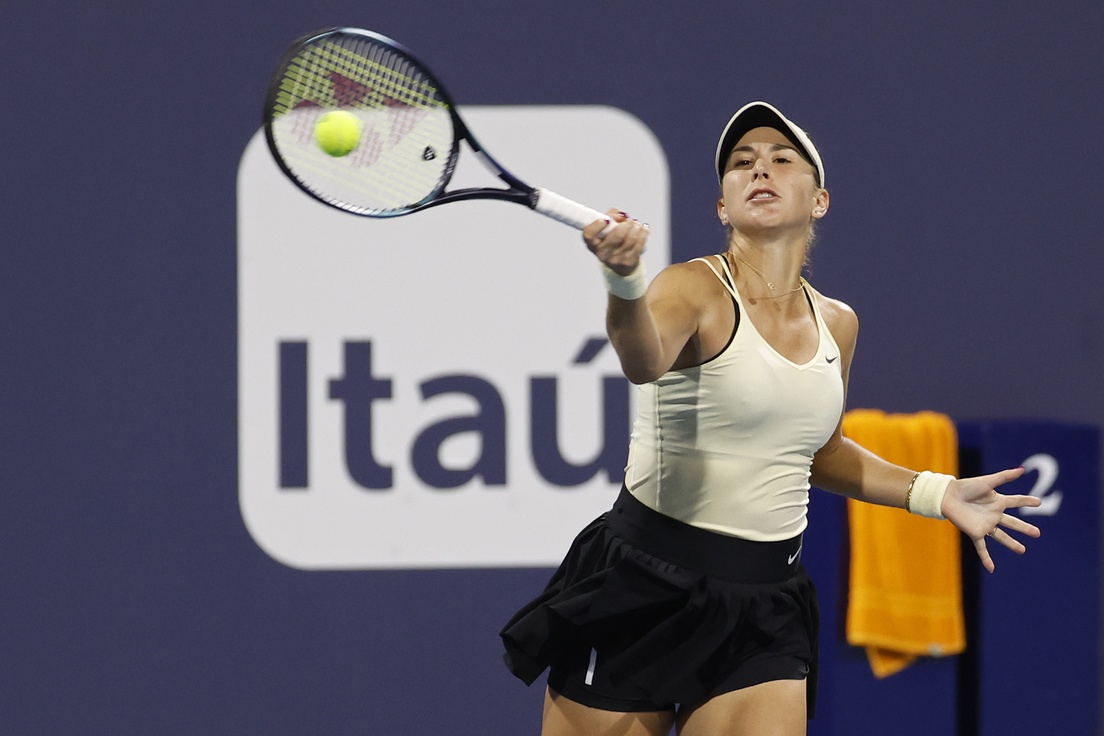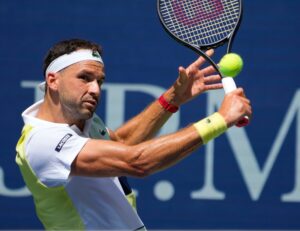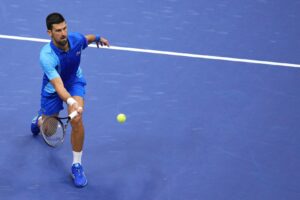Returning to elite tennis after a long break is never easy. Still, the unique challenges women face after a year-long maternity leave add layers of complexity that male players rarely encounter. Belinda Bencic, a former top-10 player with an Olympic gold medal to her name, is one of the latest stars poised to make this transition. As she prepares to return to the WTA tour following the birth of her first child, fans and analysts alike question: Can Bencic reclaim her place among the sport’s elite?
A Look at Past Comebacks
History has shown that it’s possible for female players to return to the top of the game after having children, but the journey is far from straightforward. Kim Clijsters’ return in 2009 is one of the most celebrated examples; she won three Grand Slam titles after her return, defying expectations and showing that motherhood and elite competition coexist. Victoria Azarenka, who returned to the sport in 2017 after giving birth, also found success, though her path was punctuated with challenges related to balancing motherhood and competing on tour.
However, these comebacks often involve intense physical training, reestablishing mental resilience, and rebuilding rankings. Each player’s journey back is unique, shaped by factors like injury management, the time required to regain peak form, and the additional emotional and logistical challenges of balancing motherhood with a demanding travel schedule.
The Unique Challenges Women Face
For women, the decision to become parents can be a career-defining moment. Unlike men, who can typically resume their careers relatively seamlessly after becoming fathers, female players must contend with physical recovery from childbirth and the training and conditioning needed to return to competitive form. Maternity leave can mean a year or more away from competition, during which rankings may drop, sponsorships may wane, and physical readiness might regress.
Men, in contrast, often have the flexibility to continue competing without significant disruptions after becoming parents. In addition to the physical demands of childbirth, women face additional pressure to “bounce back” quickly in a sport where age, ranking, and endorsements are critical to sustaining a career. Many female players have also spoken about feeling pressured to choose between motherhood and reaching their peak in the sport. Serena Williams, for instance, was candid about the difficult choices she faced as she tried to juggle motherhood with her quest for Grand Slam titles post-birth.
The Road Ahead for Bencic
Bencic’s pre-maternity career showcases her potential. Known for her shot-making ability and tactical intelligence on the court, she broke into the top 10 at a young age and won the Olympic gold medal in Tokyo, one of the highest honors in the sport. Before her maternity leave, Bencic had achieved remarkable success and showed resilience in overcoming injuries and setbacks. However, as she steps back onto the court after becoming a mother, her journey will require a new level of determination.
Key factors that will determine her success include:
-
- Physical Recovery and Readiness: Regaining the physical fitness necessary for high-level competition will be paramount. Tennis at the elite level is grueling, demanding peak cardiovascular endurance, agility, and strength. Many athletes find their movement, endurance, and consistency tested after a year away.
- Mental Resilience and Focus: A return after a maternity break also requires mental resilience, especially in a sport as mentally demanding as tennis. While Bencic has previously demonstrated her ability to handle pressure, managing the mental load of motherhood alongside competition will be a new challenge.
- Support Systems and Logistics: Balancing family life with a professional tennis career requires a strong support system. Players like Azarenka and Clijsters have spoken about the importance of having family members, coaches, and staff who can assist with the demands of both parenting and competition.
- WTA Policies on Maternity Leave: Fortunately, the WTA has made strides in providing some support for players returning from maternity leave, such as protected rankings. Bencic will likely benefit from these policies, allowing her to enter tournaments she would otherwise have needed to requalify for due to her time away.
A New Chapter for Bencic and Tennis
Bencic’s return will likely inspire many in the tennis world, especially those who still feel the sport lacks adequate support for female players balancing family and career ambitions. Her journey could also highlight the remaining inequities between male and female players around parenthood and career longevity. As the WTA continues refining its policies on maternity leave and protected rankings, players like Bencic are paving the way for future generations to feel empowered to pursue family life and professional dreams.
Bencic’s comeback won’t be without obstacles. She featured at an ITF event in Hamburg earlier this week and lost in the second round, but if history has shown us anything, it’s that motherhood and elite athleticism can coexist. The tennis world will be watching eagerly as she steps back onto the court, hoping that her story can continue to inspire and redefine what it means to be a successful female athlete in a sport that demands everything—both physically and emotionally.
Main Photo Credit: Geoff Burke – USA TODAY Sports






